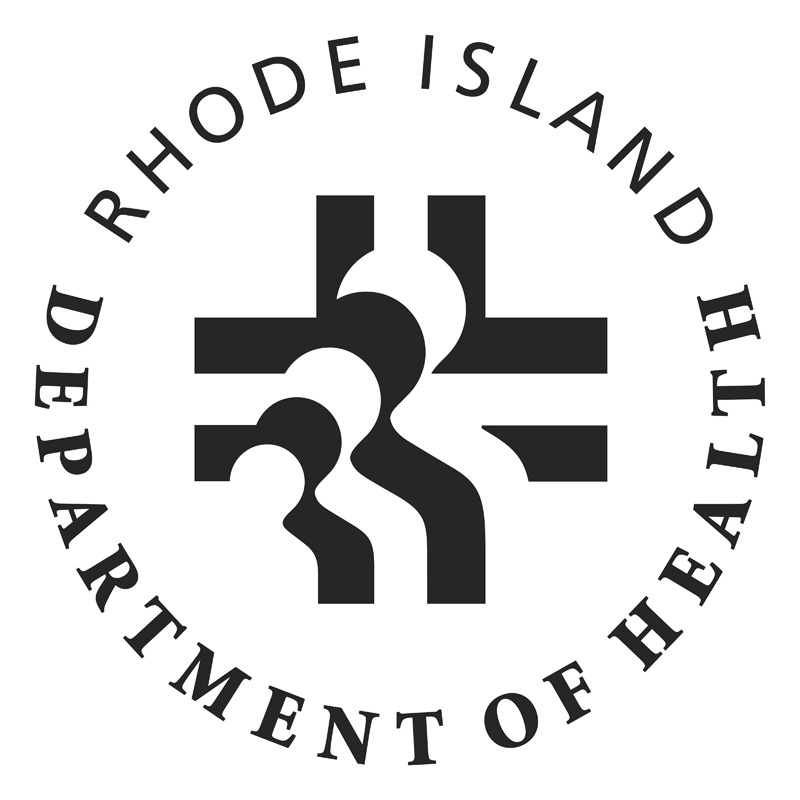Legionnaires Disease (Legionellosis)
Legionnaires Disease (Legionellosis) is a serious kind of pneumonia caused by Legionella bacteria. Legionella bacteria can get into a person’s lungs when they breathe in water droplets that have the bacteria in it. The bacteria can cause the flu-like Pontiac fever or the more serious Legionnaires’ disease. Not everyone who is exposed to the bacteria gets sick, but if a person has Legionnaire’s disease, it is important to diagnose them as soon as possible so they can be treated.
In nature, Legionella live in fresh water and rarely cause illness. In man-made settings, Legionella can grow if water is warm and slow-moving or stagnant, often due to improper maintenance. These man-made water sources become a health problem when small droplets of water that contain the bacteria get into the air and people breathe them in. In rare cases, someone breathes in Legionella when they are drinking water and it “goes down the wrong pipe” into the lungs.
Legionella bacteria may be found in:
- Water used for showering, washing, or other uses (potable water), especially in large buildings with complicated plumbing, including hospitals and hotels.
- Cooling towers (parts of large air conditioning systems)
- Decorative fountains
- Hot tubs
At-Risk Populations
Most healthy people do not get Legionnaires’ disease after being exposed to Legionella. Being 50 or older or having certain risk factors can increase your chances of getting sick. These risk factors include:
- Being a current or former smoker
- Having chronic lung disease, such as chronic obstructive pulmonary disease (COPD)
- Having a weakened immune system from certain medications or diseases like cancer, diabetes, or kidney failure
Symptoms
Symptoms of Legionnaire’s disease start two to 10 days after breathing in the bacteria. Common signs and symptoms can include:
- Cough
- Shortness of breath
- Fever
- Muscle aches
- Headaches
How It Spreads
Legionnaires’ disease spreads from a water source through the air. It cannot be spread from person to person.
Prevention
The key to preventing Legionnaires’ disease is to make sure that building owners and managers maintain building water systems in order to reduce the risk that Legionella will grow and spread. Anyone who is involved with water safety for buildings should take the Center for Disease Prevention and Control’s (CDC) training about Legionella Water Management Programs.
At home, a person can follow the manufacturer’s directions about how to clean and disinfect hot tubs, whirlpools, and breathing equipment like CPAP machines, to help stop bacteria from growing.
Testing & Diagnosis
A chest x-ray will tell a healthcare provider if a patient has pneumonia. Pneumonia can be caused by different types of bacteria. To see if Legionella bacteria is causing the pneumonia, a lab has to test the patient’s urine or sputum (phlegm).
Treatment
Legionnaires’ disease is treated with antibiotics. Most people who get Legionnaires’ disease need to stay in the hospital but make a full recovery. However, approximately one in 10 people who get Legionnaires’ disease will die. If a person with Legionnaire’s disease is diagnosed and starts taking antibiotics early on in their illness, it is less likely they will have serious complications like lung failure or death.
 Rhode Island Department of Health
Rhode Island Department of Health